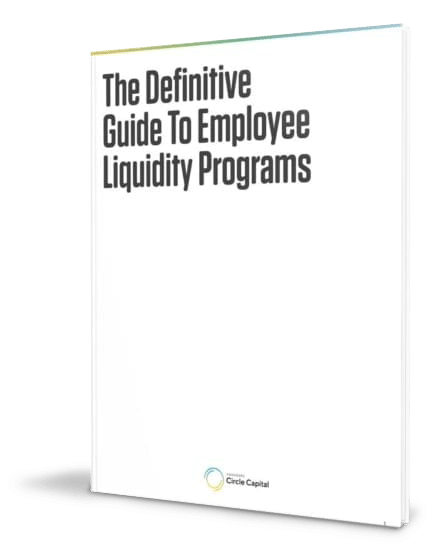Over the last eleven years, Founders Circle has worked with fast growing companies on all facets of their financing needs, be it primary or secondary capital. Through this journey, we’ve walked these companies and their leaders through numerous employee liquidity programs. Our programs are meticulously designed to align the needs of employees with those of executives, the board of directors, early financial backers—and the growing company.
Along with notable C-executives, our partners at Morgan Stanley at Work, Cooley, Fenwick & West, Gunderson Dettmer, Goodwin, Andersen Tax, and by leveraging data from Nasdaq Private Market, we have compiled lessons from that experience into nine critical steps to facilitate a successful liquidity program.








